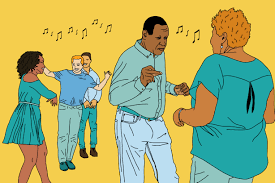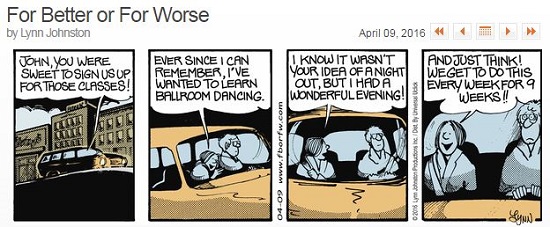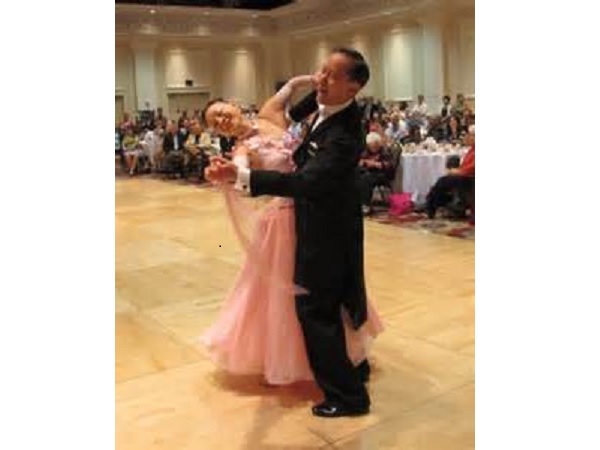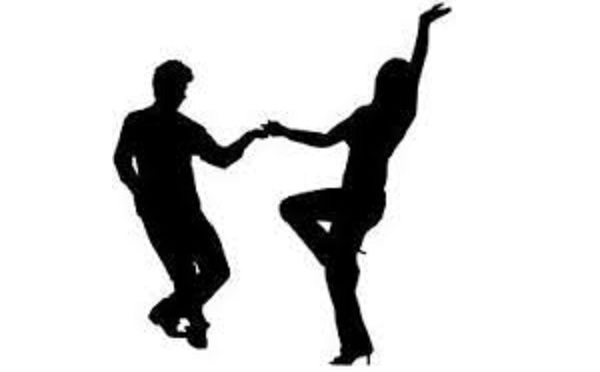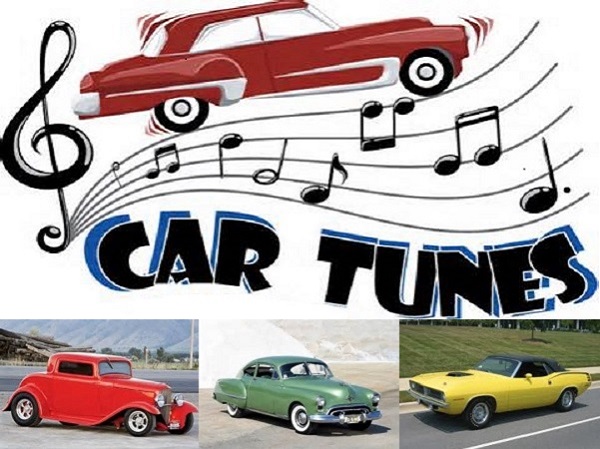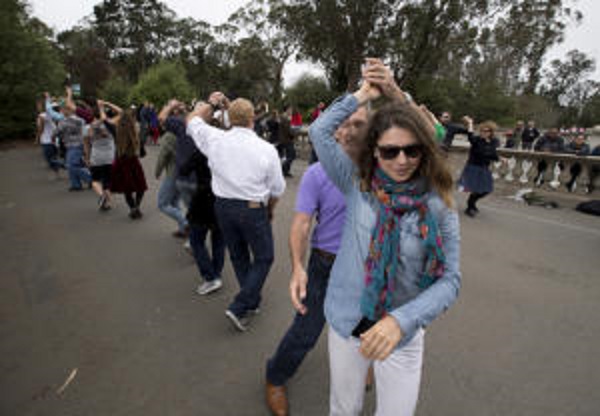The dance world is rapidly reaching critical mass, if developments at the combined conference of the World Dance Alliance-Americas (WDA-A) and the Dance Critics Association (DCA) held at the one-of-a-kind Scotiabank Dance Center in Vancouver, BC, Canada during July 29-August 4 are any indication. Highlights included world-class innovative dance routines, strong coverage of the burgeoning urban dance category, a brand-new dance journal, expansion of the WDA to Europe with a fully worldwide conference in Angers (France) in 2014, and a massive government effort to catalog and measure dance in all its forms within Canada. The event was all the more noteworthy because the two organizations are all-volunteer ones, so all the heavy lifting was being done as a labor of love. WDA-A Conference Committee Chairman Scott Martin was everywhere, and did a terrific job before and during the event
The conference focused on dances that are performed for audiences, so the only participants who actually dance are the performers on stage, who take part in “concerts”. In social couples dancing, which—with the exception of Wilddancer—was essentially unrepresented at this conference, there is no audience, everyone participates, and the events are called “parties”. But the WDA-A seems happy to include all forms of dancing, so we will likely see and hear more about social couples dancing in the future, with support from Wilddancer. And with the strong feeling that the organization wanted to be inclusive, to welcome all forms of dance, and to chronicle changes in the dance world as they happen, the WDA-A is in a strong position to grow and adapt. We expect that social couples dancing will be the beneficiary as rhythms and movements from other categories, or even whole new dances, are integrated into what is already being practiced in ballrooms and club venues. We are particularly interested to see what, if any, changes will come via a flow from urban dance (AKA hip hop or break dancing), which is already a social phenomenon but not specifically for couples.
(During the DCA portion of the conference veteran critic George Jackson pointed out an interesting overlap between ballet and lindy hop. Pioneering dance critic Carl Van Vechten wrote in 1930 that the new Lindy Hop would likely follow the pattern he had observed with the Cake Walk, Bunny Hug, Turkey Trot, Charleston, and Black Bottom, in which roughly every decade a black dancer would invent a new step that would become popular with black (and sometimes with white) dancers. Whether or not it was ever done, Van Vechten pointed out that the Lindy Hop “could be danced, quite reasonably, and without alteration of tempo, to many passages in the Sacre du Printemps [Rite of Spring] of Stravinsky” (see Swinging the Machine: Modernity, Technology, and African American Culture between the World Wars, by Joel Dinerstein, University of Massachusetts Press, 2003.))

